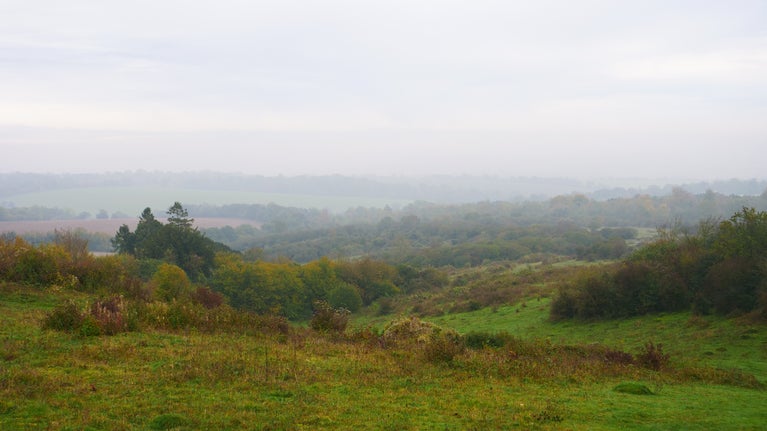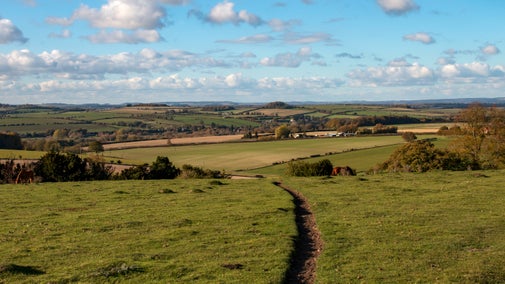Stockbridge Down wildlife and history walk
Hampshire
Explore this isolated island of characteristic chalk downland in Hampshire and discover a wealth of history, including burial mounds, ancient field systems and an Iron Age hillfort. You will also find a wide array of fascinating flora and fauna, as well as far-reaching views over the Test Valley towards Salisbury Plain in Wiltshire.
Near to
Stockbridge DownStart point
Stockbridge Down car park, grid ref: SU375346Trail information
Parking
This walk can experience high visitor numbers, and parking is limited. Please park responsibly, and if the area is too busy on your arrival please come back another time.
Get in touch
Our partners

We’ve partnered with Cotswold Outdoor to help everyone make the most of their time outdoors in the places we care for.
You might also be interested in
Walking
Explore some of the finest landscapes in our care on coastal paths, accessible trails, woodland walks and everything in between. Find the best places to walk near you.

Things to see and do at Stockbridge Down
A chalk hill supporting grassland, areas of scrub and partially wooded margins, the habitat diversity of Stockbridge Down is hugely beneficial to local wildlife.

Staying safe at National Trust places
The special places in National Trust care sometimes come with a few risks for visitors, be it coastline or countryside. Find out how to keep safe throughout your visits.

Follow the Countryside Code
Help to look after National Trust places by observing a few simple guidelines during your visit and following the Countryside Code.

Cotswold Outdoor: our exclusive walking partner
Learn about the National Trust’s ongoing partnership with Cotswold Outdoor. Find out how they help us care for precious places and the exclusive discount available for National Trust supporters.

